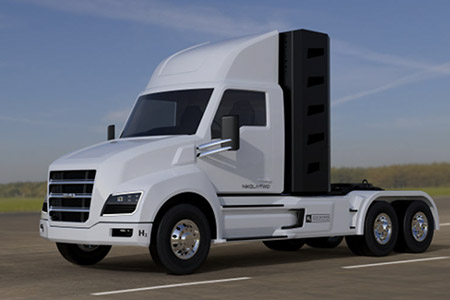For many years, many automakers insisted that the future of transport went through the hydrogen fuel cell, investing huge amounts of cash in the development of this technology, which was meant to replace internal combustion engines. However, time was passing, and while the fuel cell barely evolved, the batteries began to do so very quickly.
To this day, the vast majority of brands are betting on the battery-powered electric car as a workhorse for the future. There are still some Asian companies (Toyota, Honda and Hyundai) that continue betting on this technology, which is seen by the governments of Japan and South Korea as a way to stop relying as much on oil as on the raw materials of batteries. foreign origin.
All in all, the sales of the Toyota Mirai, Honda Clarity Fuel Cell and Hyundai Nexo continue to be anecdotal, mainly due to the high cost of their production (they use materials such as platinum, very scarce), to the low efficiency in the processes of obtaining hydrogen, the lack of infrastructure and the cost of developing it, etc. Meanwhile, models such as the Nissan LEAF, the Tesla Model 3 or the Renault ZOE break monthly sales records.


